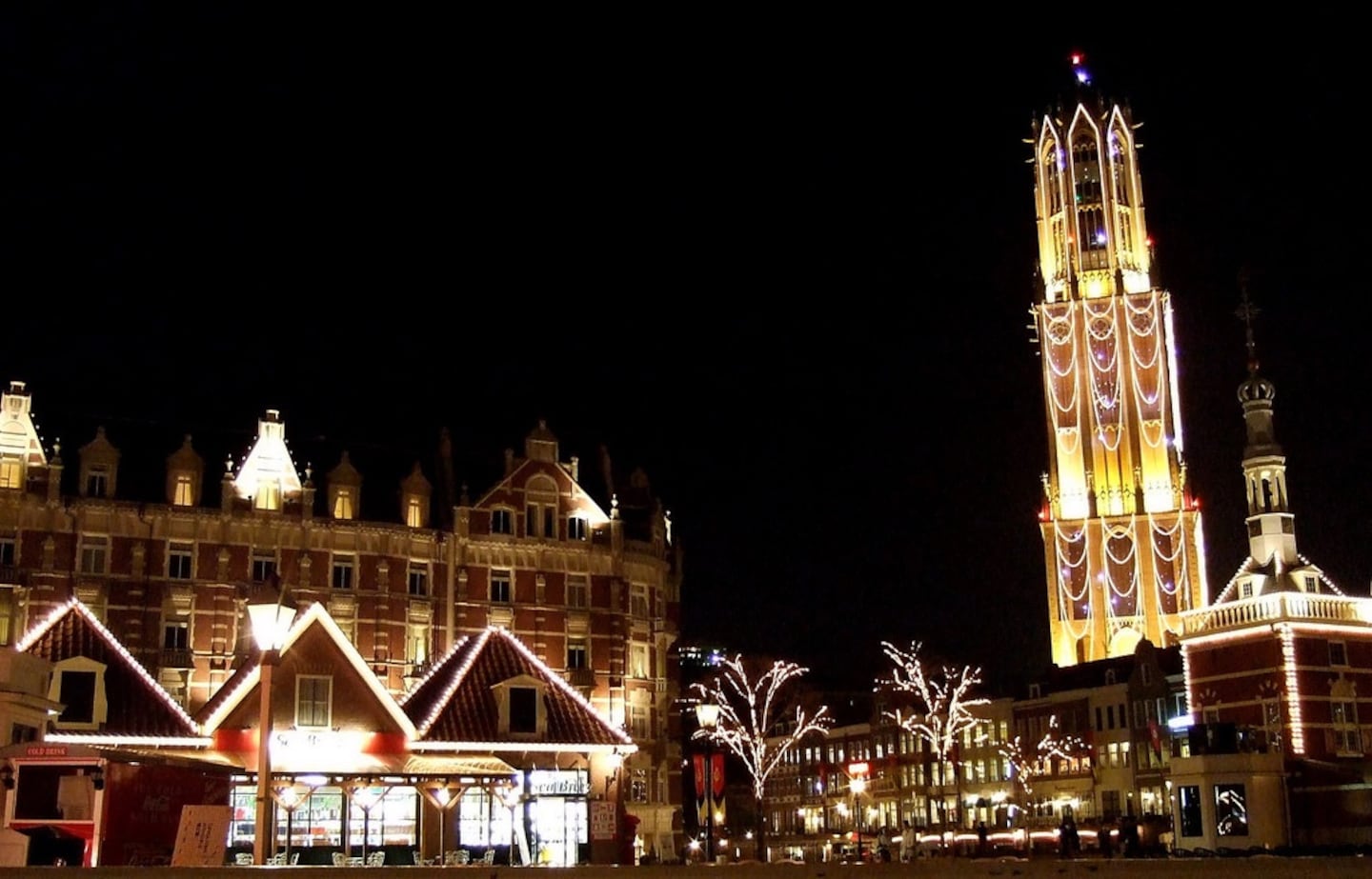Why Does Nagasaki Feel So Dutch?
Located on the northwestern coast of the island of Kyushu, Nagasaki is very much influenced by the Dutch culture. As you explore this cosmopolitan city, have you ever wondered why it feels so Dutch? We've got some ideas.
By Trip101Fact 8: The popular Castella sponge cake was created from an age-old European recipe
Last but not least, the Dutch and European influence is not only found in the city’s architecture and landscape, but also in the local confectionery. Many people, locals and tourists alike, enjoy a bite of the popular Castella sponge cake. Did you know that this sweet sponge cake was actually brought into Japan by the Portuguese in the mid-16th century? The original Castella recipe from Europe involved only 3 ingredients - flour, sugar and eggs. However, in the Edo period, the Japanese added starch syrup and other ingredients as a sweetener to the cake. Because of the innovative Japanese spirit, the recipe continued to be improved. What we get to see and taste today is a moist and sweet Castella, a unique Nagasaki souvenir that the locals are proud of. Try the best Castella at Bunmei-do main branch before you leave the city!
Fact 7: Port Hoorn Nagasaki is the newest Netherlands themed village in Nagasaki
Port Hoorn Nagasaki is the latest addition of a Dutch-themed park that opened in April 2016 in the cosmopolitan city. Although it may not be as big as Huis Ten Bosch, but admission to the restored Holland Village is free! Enjoy strolling through the Dutch-influenced streets filled with shops and restaurants. Shop, eat and relax as you soak in the nostalgic feel of the former Holland Village. You can even take the free shuttle to Nagasaki Biopark that is just 10 minutes’ drive from Port Hoorn to meet some adorable capybaras if time permits.
Fact 6: Nagasaki’s signature Shippoku Ryori is influenced by the Japanese, Chinese and Dutch
Mention signature dishes in Nagasaki, and the Shippoku Ryori is bound to be on the list. Shippoku (卓袱) is the first Japanese fusion cuisine that is an interesting mix of Japanese, Chinese and Dutch dishes. 8 to 10 dishes are served on the round table in this traditional Nagasaki-style cuisine, for sharing with everyone around the table. Being the only window to the outside world, Nagasaki was the only place where foreigners were able to interact with the Japanese in the 19th century. This was how the Shippoku Ryori was born, using a multitude of ingredients from the region. Don’t leave Nagasaki without tasting the best local cuisine that has evolved over the years to combine the best of China, Japan and the Netherlands!





